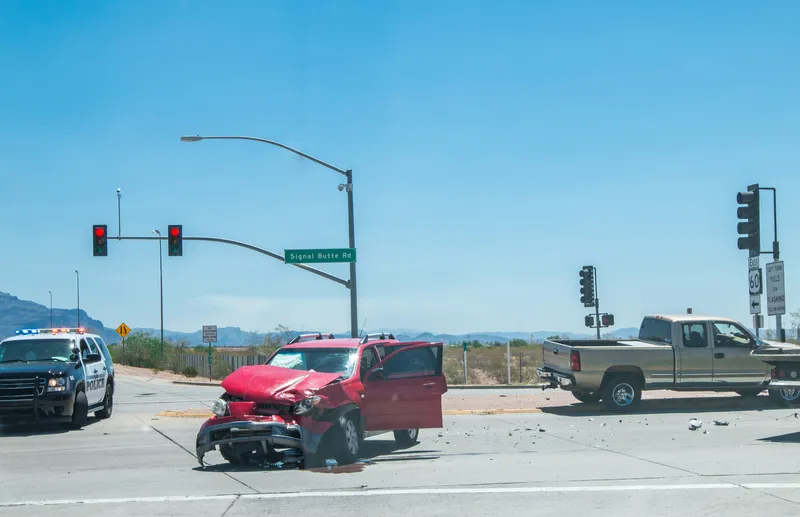
New figures from the US National Highway Traffic Safety Administration (NHTSA) show that 42,915 people died in motor vehicle crashes in 2021.
This is the biggest number since 2005 - and means that an average of 117 people are being killed on US roads every day.
NHTSA’s 2021 Early Estimates of Motor Vehicle Traffic Fatalities suggest crash deaths rose by 10.5% in 2021 compared to the year before - the largest-ever annual percentage increase in the nearly five-decade history of the Fatality Analysis Reporting System.
Several types of roadway deaths are up, including pedestrians (up 13%), on urban roads (up 16%) and in speeding-related crashes (up 5%).
"An increase in dangerous driving – speeding, distracted driving, drug- and alcohol-impaired driving, not buckling up – during the pandemic, combined with roads designed for speed instead of safety, has wiped out a decade and a half of progress in reducing traffic crashes, injuries and deaths," says Russ Martin, senior director of policy and government relations, Governors Highway Safety Association (GHSA).
"This grim milestone confirms we are moving backwards when it comes to safety on our roads."
"We can never accept these deaths as simply the price of mobility and convenience," Martin adds. "Most roadway deaths are preventable. We know the root causes of most traffic deaths and what we need to do to address them."
Laura Chace, president & CEO of ITS America, commented: "We must incorporate technology and ITS into our planning and projects moving forward. There is no rationale, nor excuse, to do otherwise."
"We can do better and ITS is a core part of the solution."








